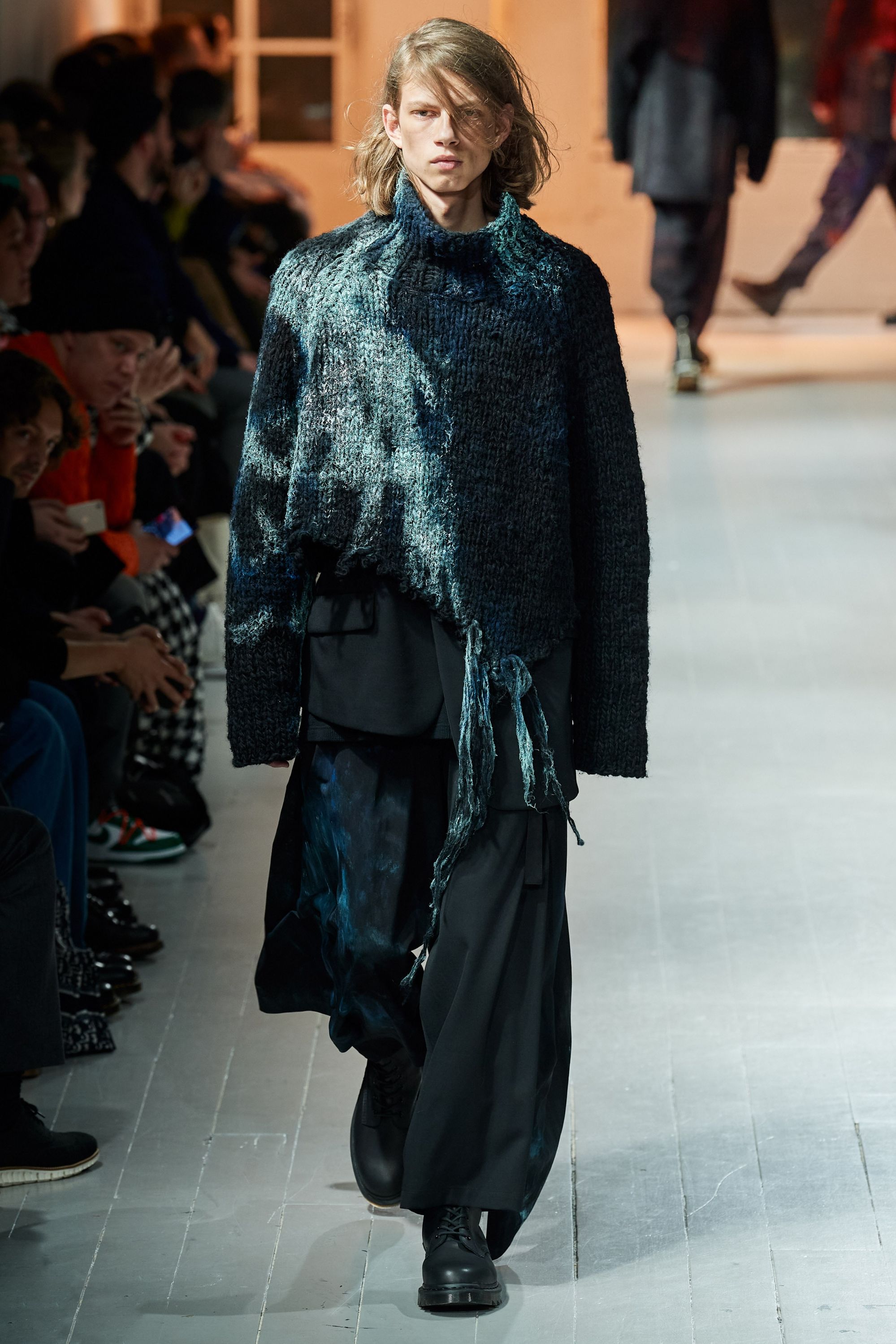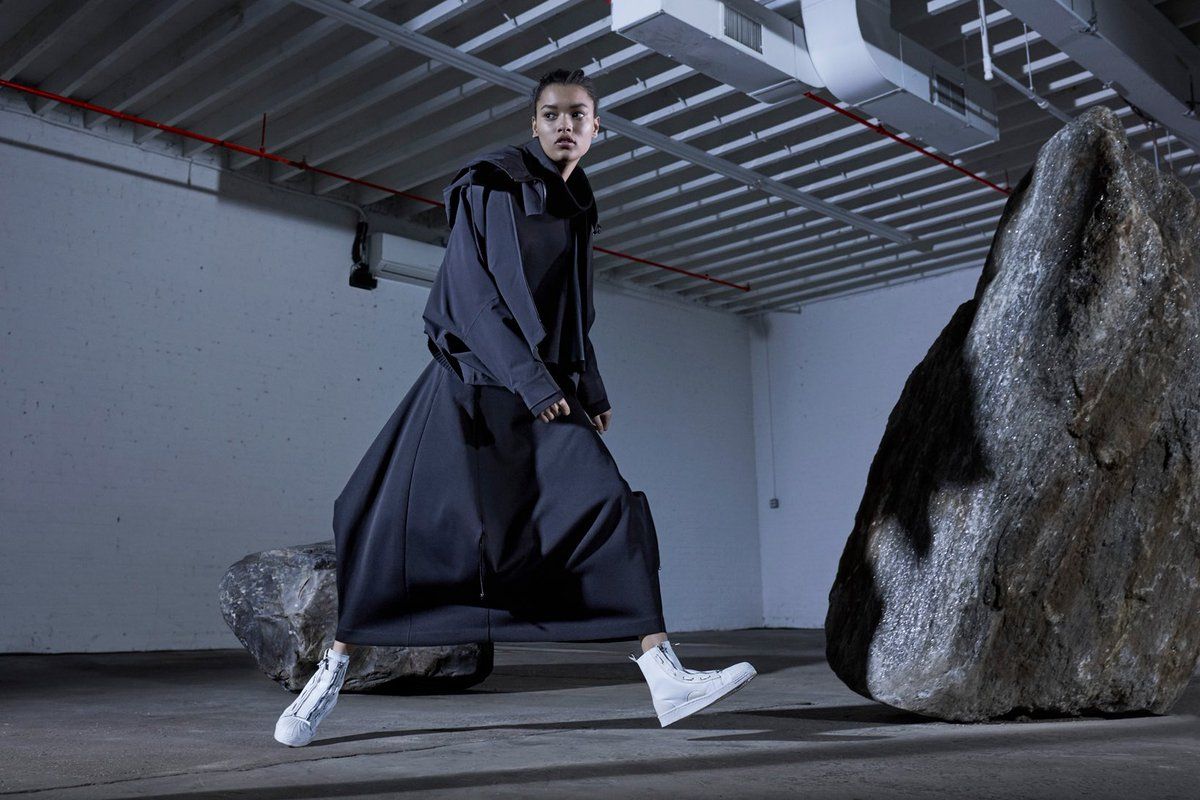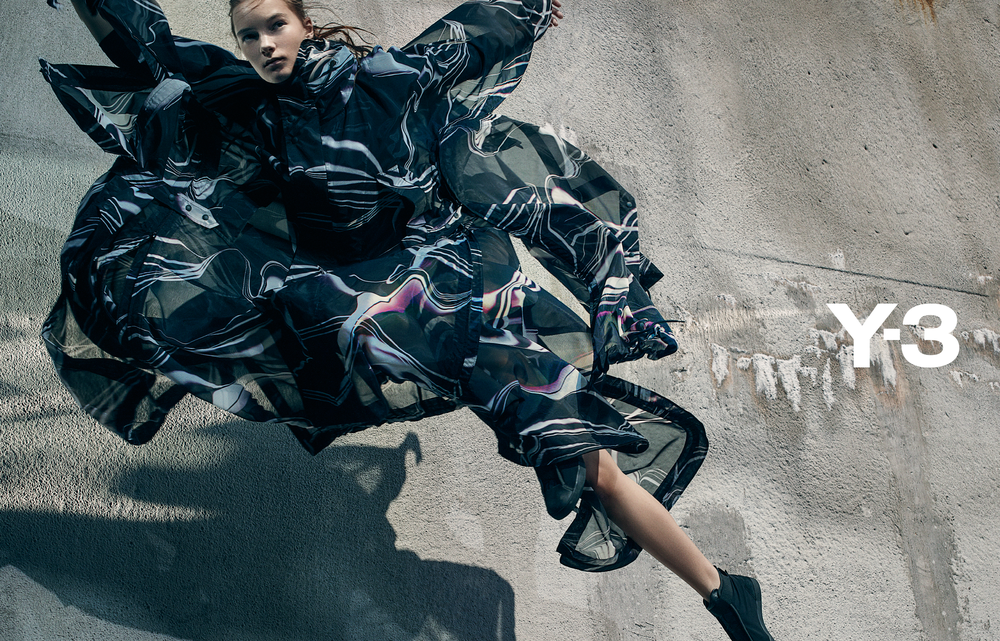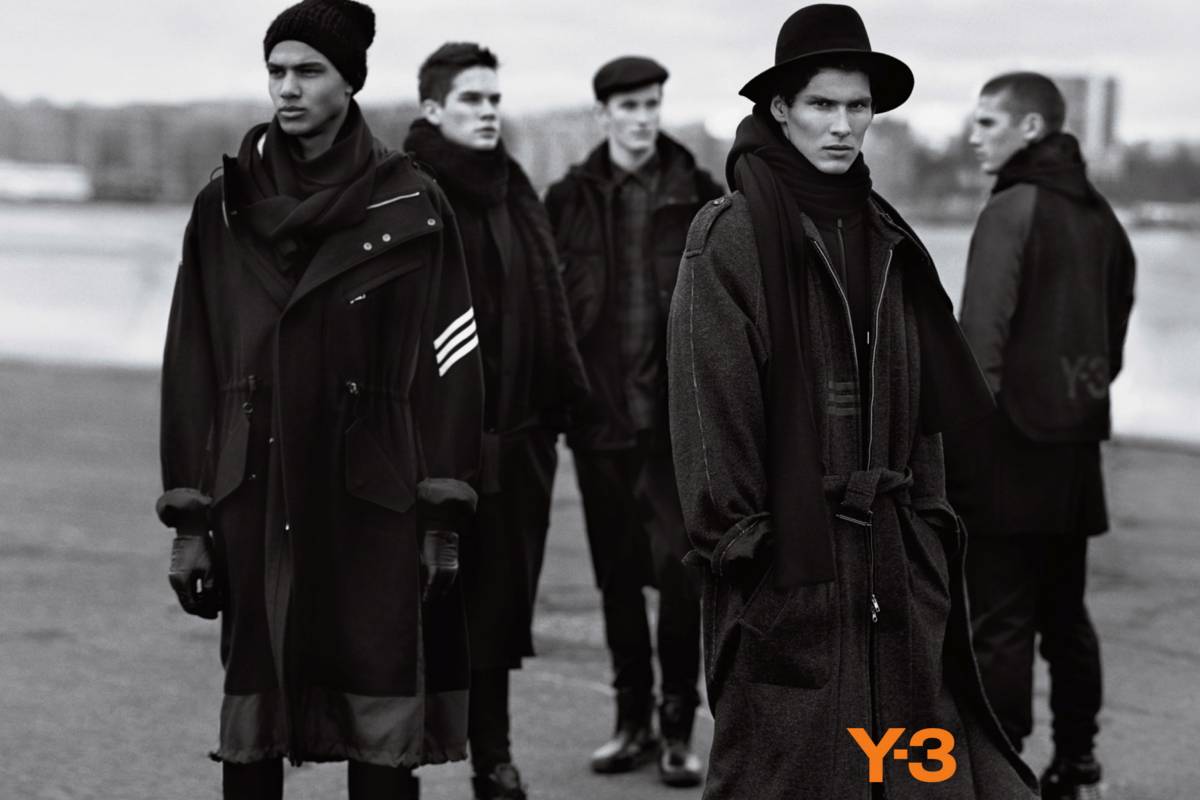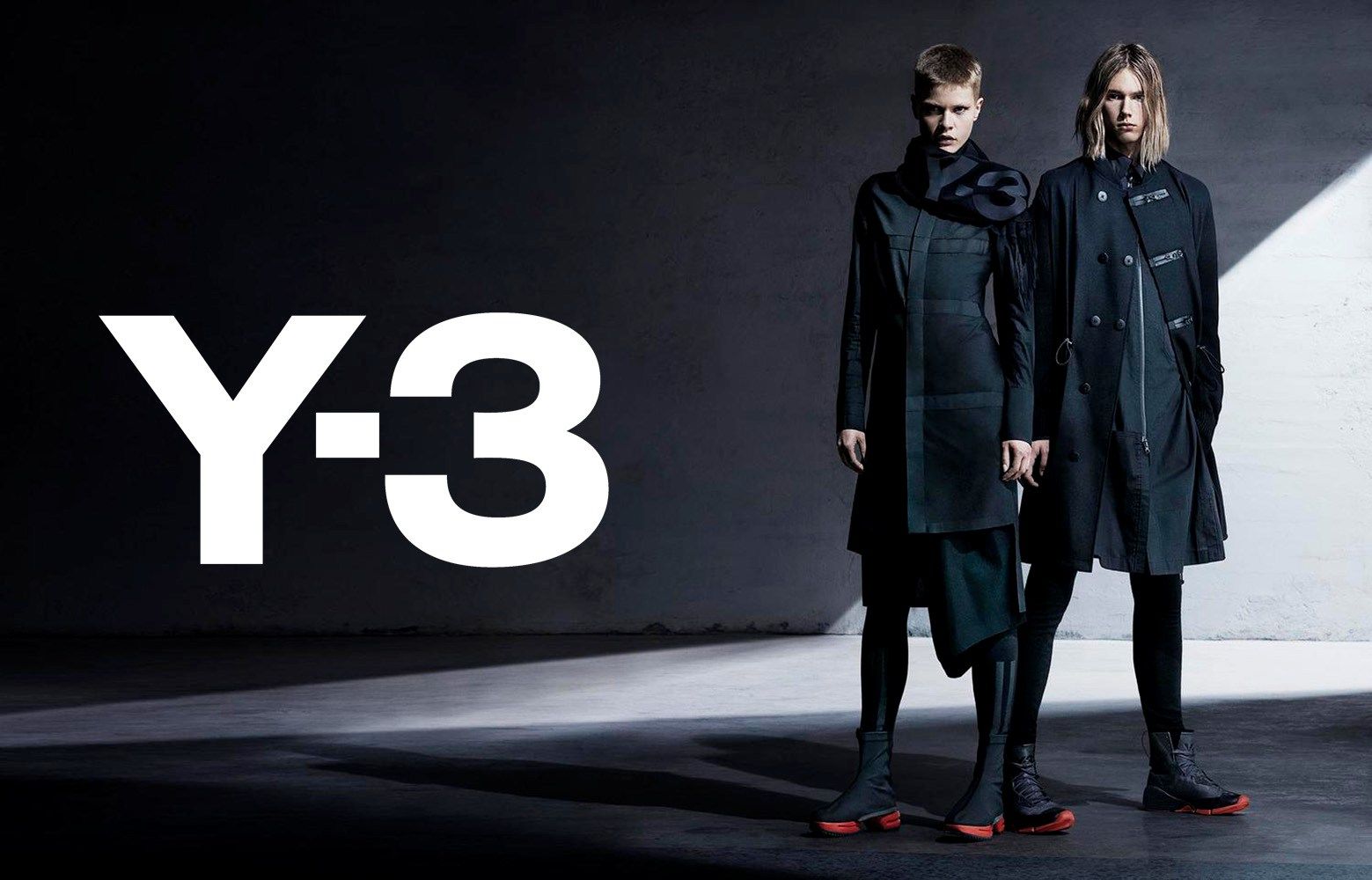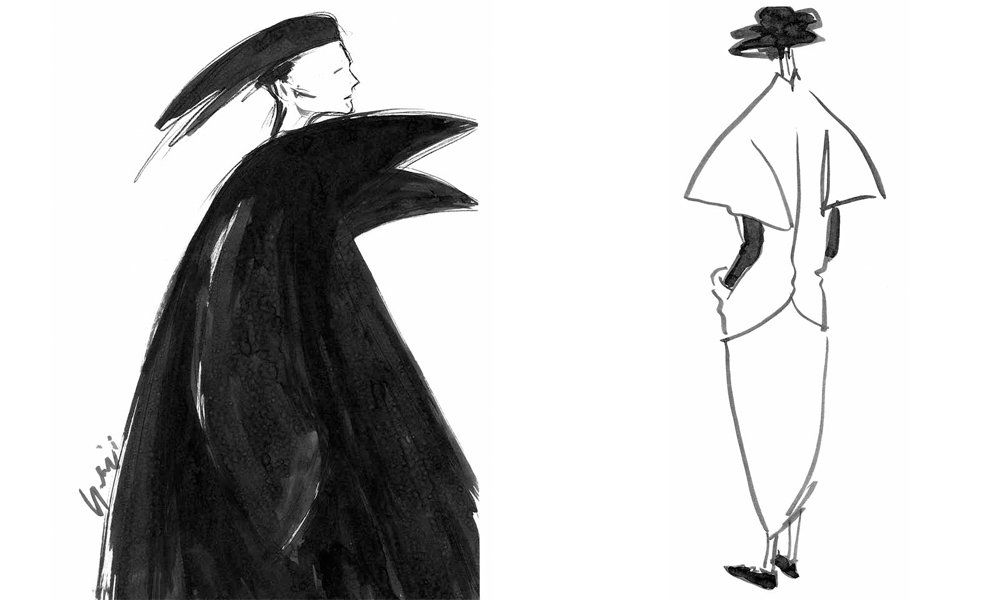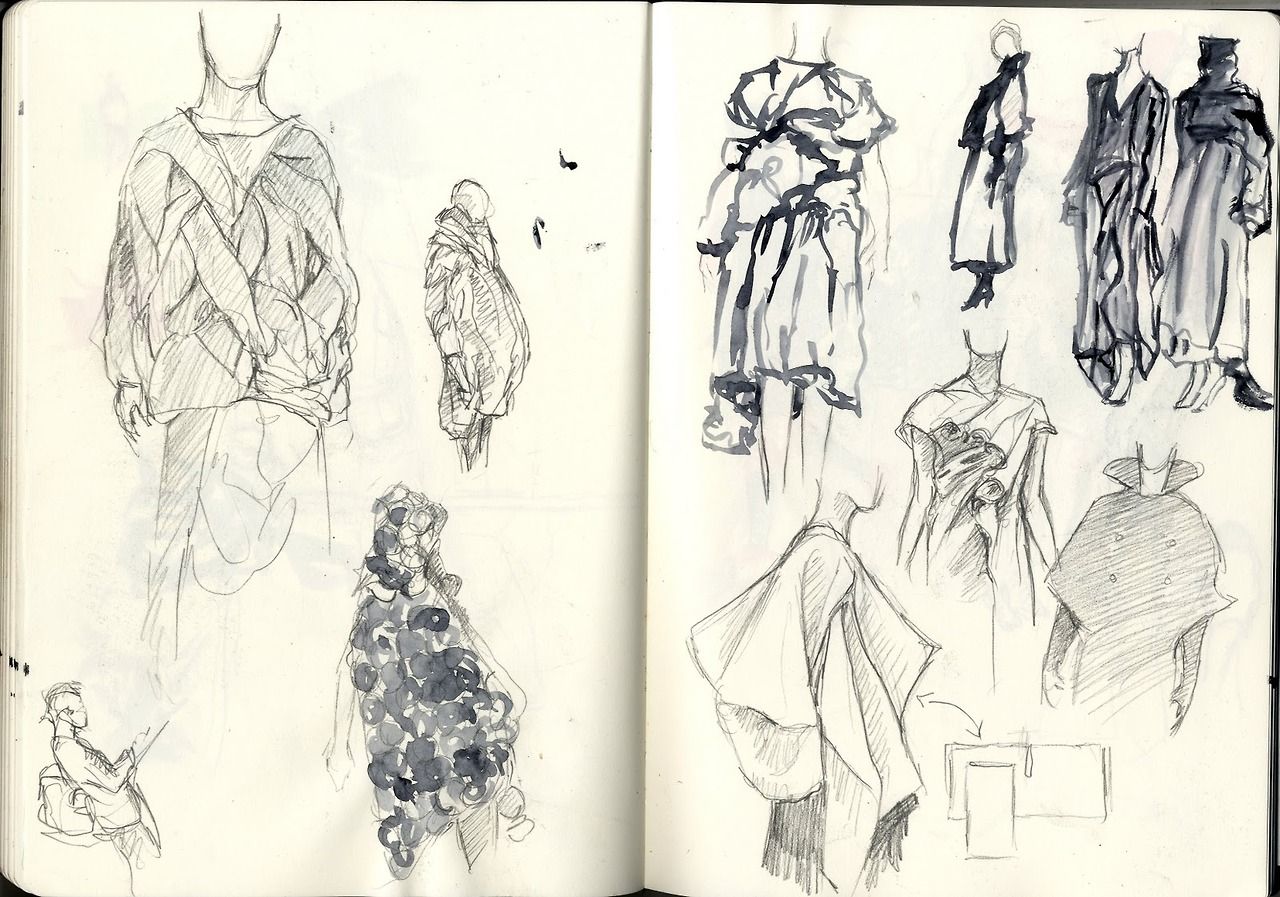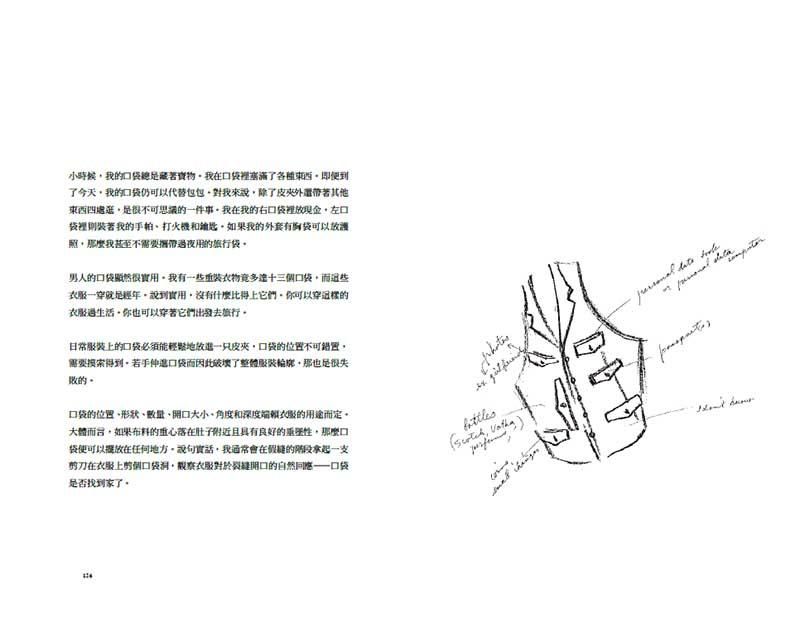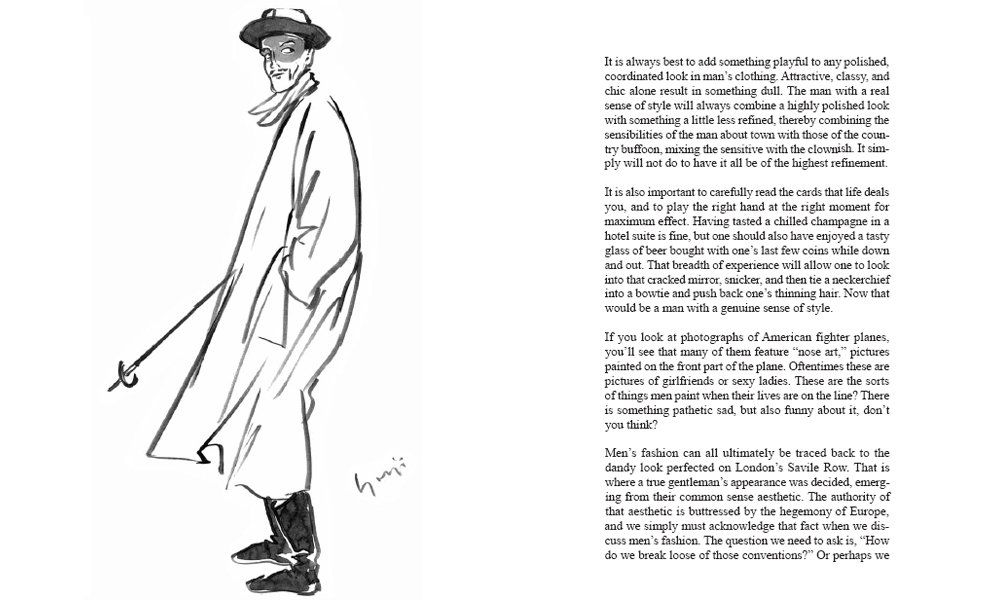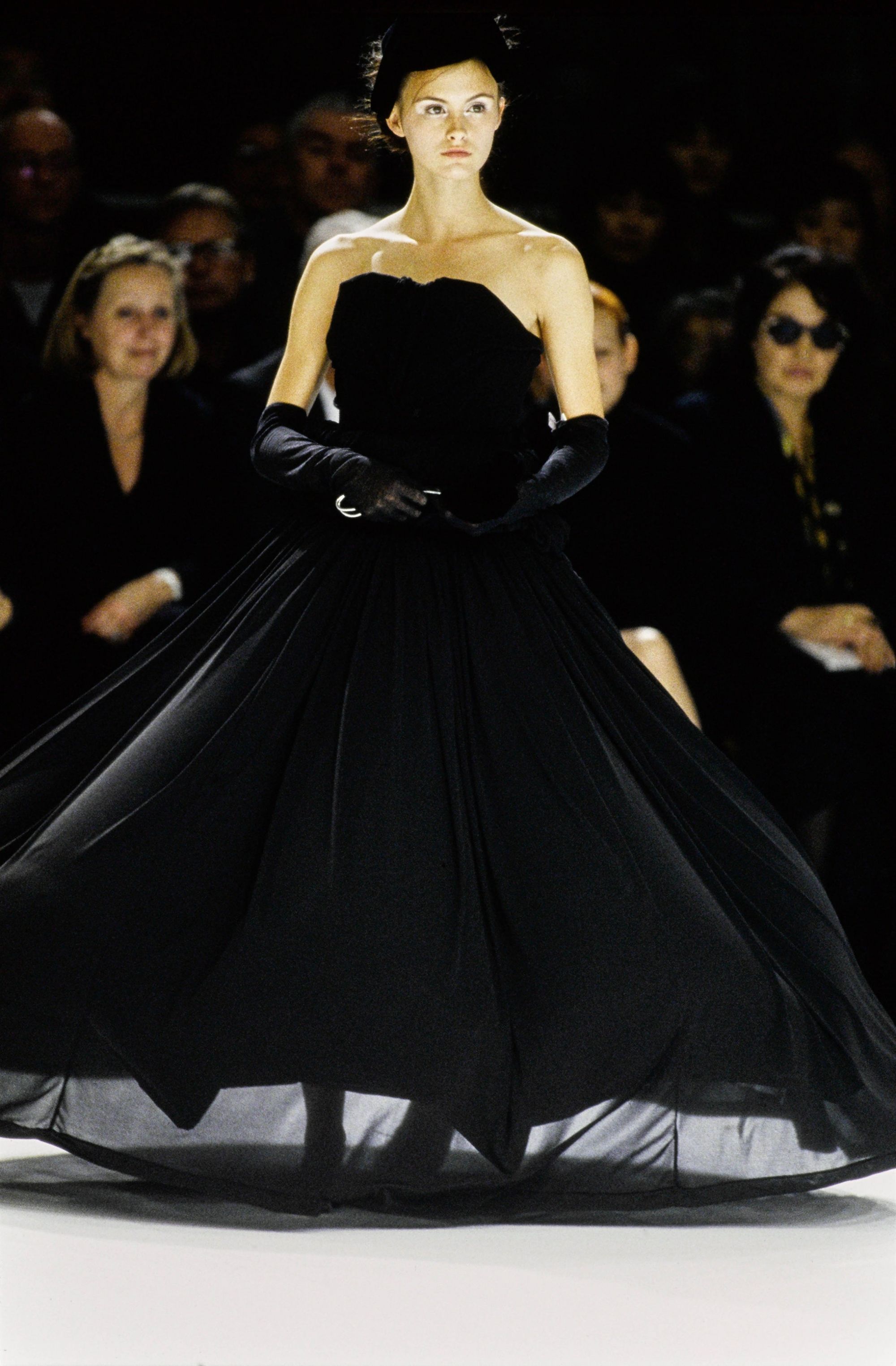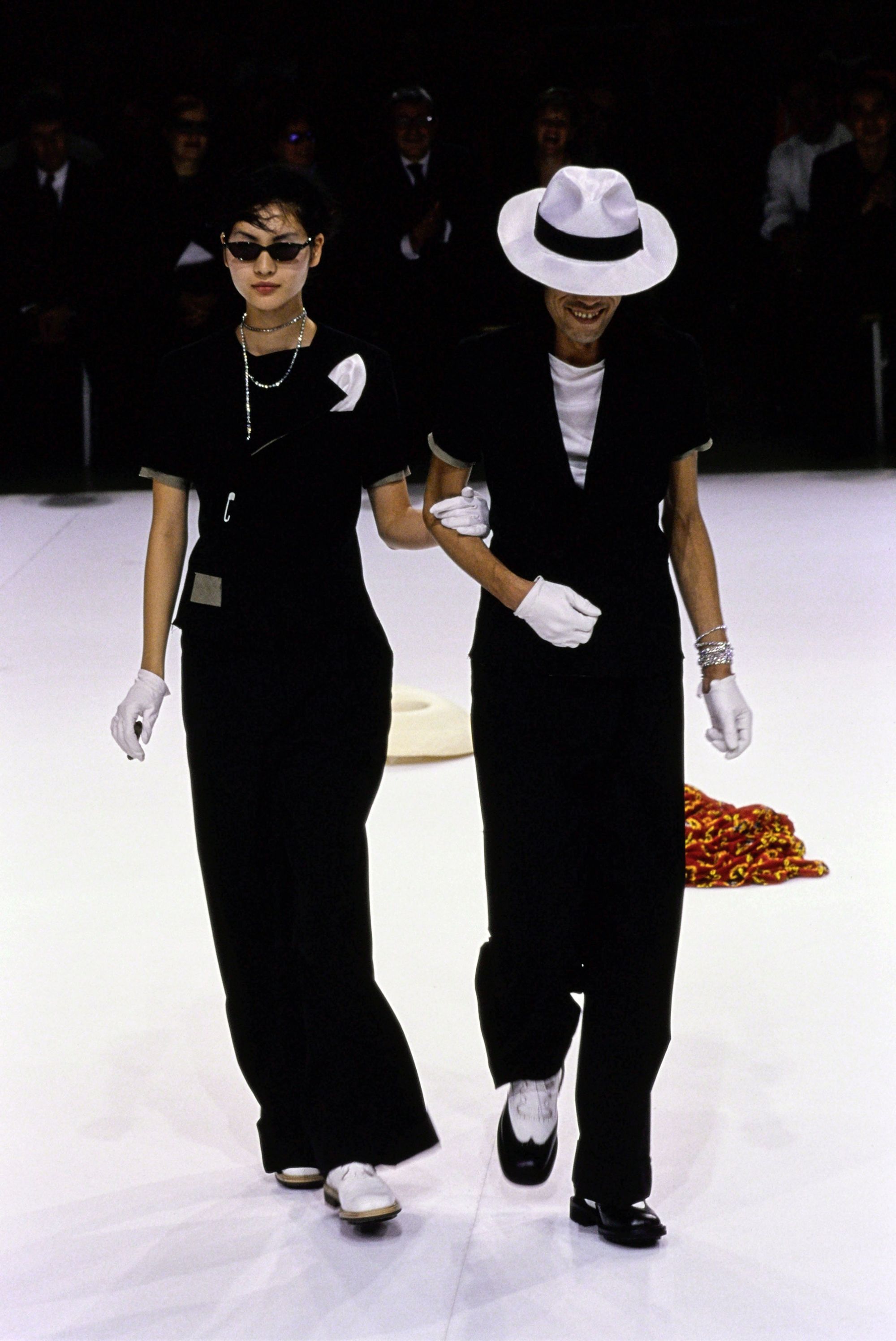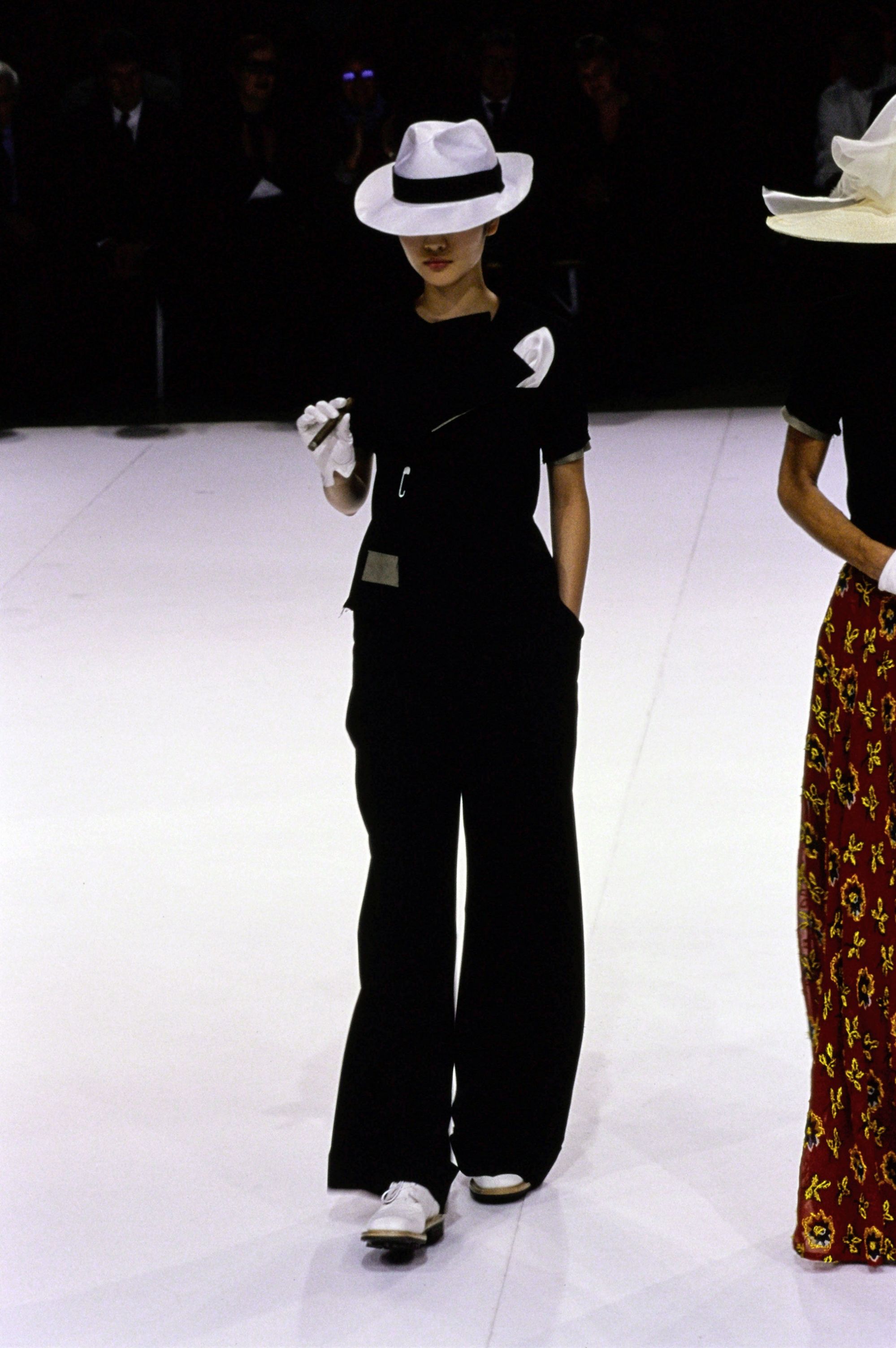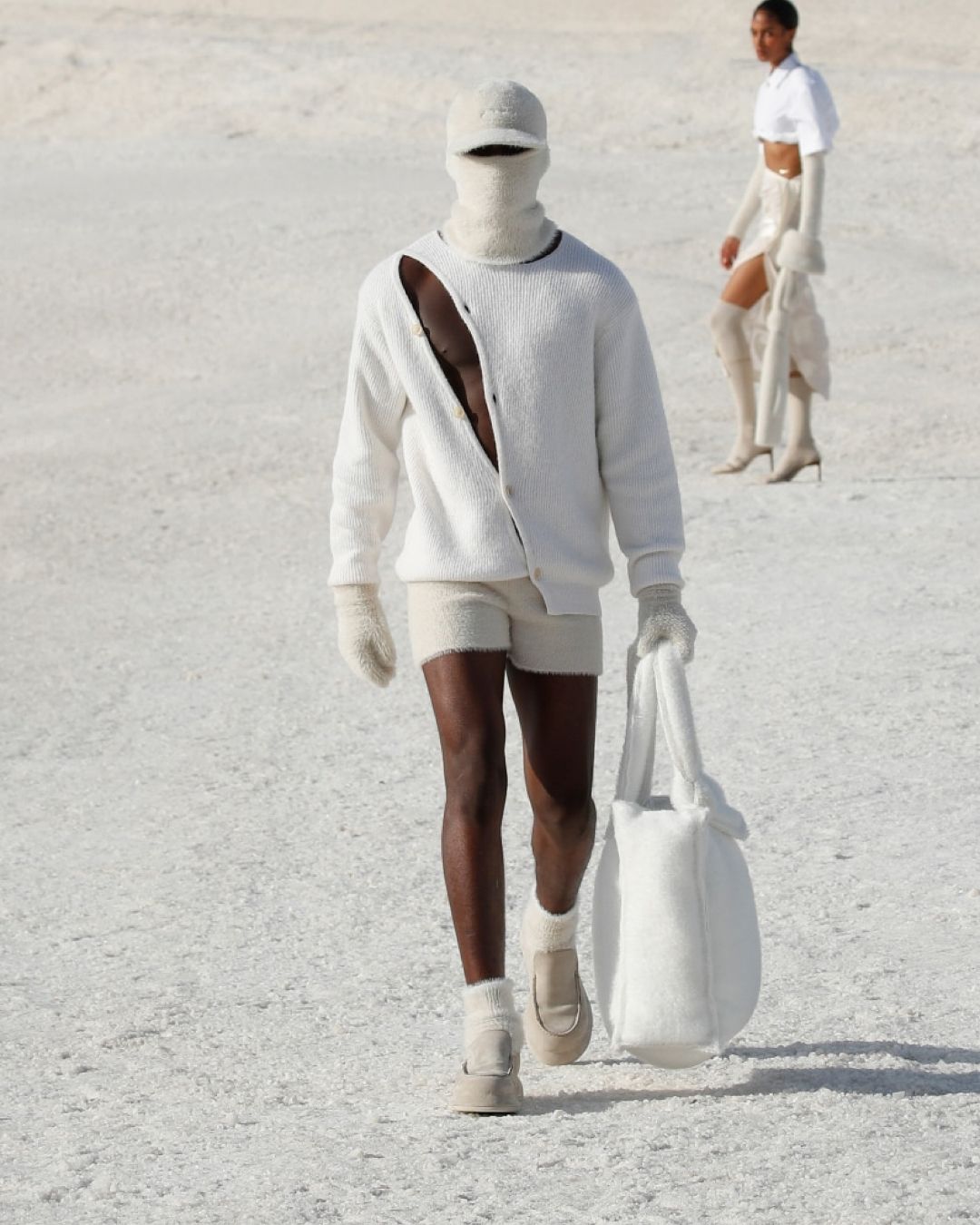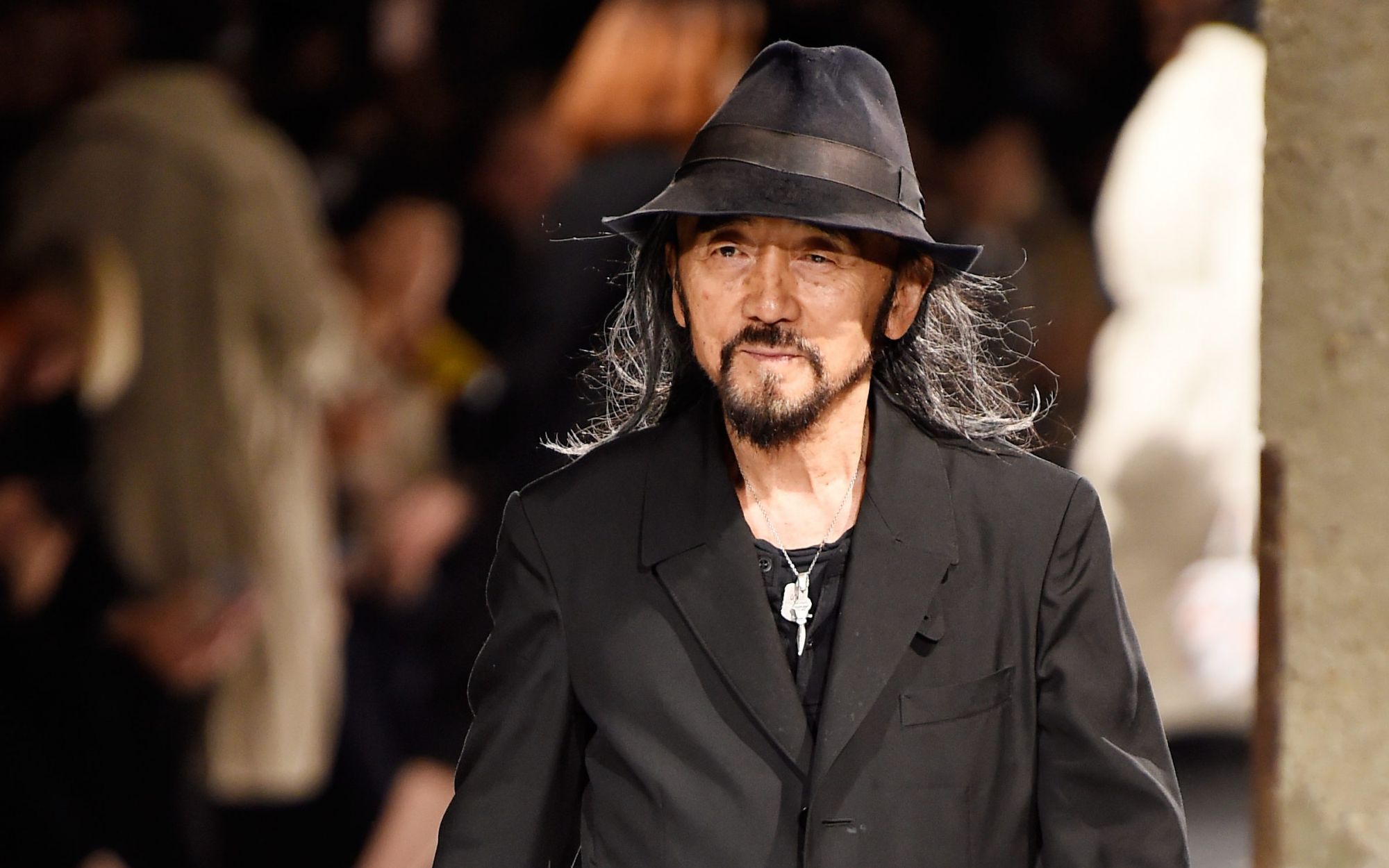
Who is Yohji Yamamoto? History of the avant-garde designer who will collaborate with Supreme
On Monday, Supreme officially announced the imminent release of its next collaboration with Yohji Yamamoto. The Japanese designer joins the host of cult designers who have collaborated with Supreme in recent years and which already includes Jean-Paul Gaultier, Nigo and Jun Takahashi. Of all these designers, however, Yamamoto is the least commercially famous, at least relative to more mainstream fashion: what is best known among the younger generations is the Y-3 line co-produced with adidas, which was also one of the first collaborations between luxury fashion and a sportswear brand. Beyond Y-3, Yamamoto's career has lasted for over 50 years – during which the designer cultivated a very precise aesthetic, characterized by the deconstruction of traditional silhouettes, an exploration of visual themes of romantic-dark matrix veined with irony and the predominance of a color: black. It was Yamamoto who uttered the famous phrase about black in a 2000 interview with The New York Times:
«Black is modest and arrogant at the same time. Black is lazy and easy - but mysterious. But above all black says this: "I don't bother you - don't bother me"».
The beginning of Yohji Yamamoto's personal story is related to the events of World War II. Born in Tokyo's Shinjuku Prefecture in 1943, Yamamoto lost his father, who died in the Philippines fighting the Allies, at a young age. After this bereavement, her mother enrolled at the prestigious Bunka Fashion College and became a seamstress. The designer's studies run through a Catholic school French, the Ecole de L'Etoile du Matin; through the law school of Kaio University and, finally, after an afterthought dictated by the desire to emulate his mother, at Bunka Fashion College where he graduated in 1968. After nine long years of preparation, work and travel to Paris, Yamamoto showed the Y's womenswear debut collection at Tokyo's Bell Commons in 1977, garnering rave reviews that led to his Paris debut with the mainline only four years later, in 1981. Three years later came the Pour Homme line that contains some of its most artistic and experimental items.
The period in which Yamamoto began to work and produce his first collections corresponded to a historical phase of strong economic growth for Japan, also known as the Economic Miracle (japanese 高度経済成長). After the defeat of World War II, Japan regained its wealth thanks to its economic-military partnership with the United States during the Korean War. This led to steady growth culminating in the 1970s that would end with the great crisis of the Lost Decade only in the late 1980s. These were years of technological and creative growth and international prestige that helped the development of Yamamoto's brand. The year after its debut, the brand billed 15 million dollars a year. What made Yamamoto's creations (which were exclusively feminine at first) unique was the androgynous character of his silhouettes that went against the traditional distinction between menswear and womenswear. Speaking to The Wall Street Journal in 2013, Yamamoto explained his interest in women's clothing:
«I love women and I love the way clothes are both functional and beautiful on their bodies. This is what inspires me. But the clothes must work and, in the beginning at least, they took their inspiration from the kind of uniform of male dressing».
Yamamoto's aesthetic world is both ironic and romantic. His clothes are often entirely black and envelop the bodies of men and women together in a series of theatrical drapes that destroy symmetry and proportions and create spaces between the fabric and the skin to circulate the air - according to the Japanese notion of negative space or ma. His creations that distort the normal Western conceptions of dress seem to have come out of a post-Victorian steampunk novel. Alongside the more sartorial dresses, always dark, deconstructed and with soft silhouettes, there are items such as intarsio wool sweaters and oversized shirts decorated with prints of skulls and bones, but also with pin-ups, maximalist floral graphics and Japanese calligraphic works. His dresses evoke gothic and retro atmospheres, but always with a distinctive edginess and an element of subversion and deconstruction - they are elegant clothes, but also equipped with an alienating element, which becomes now ironic, now playful, now vaguely disturbing.
According to the designer, the division between genders and the rigidity of the classic men's suit were expressions of a Eurocentric authority that, since English colonialism, had made Savile Row tailoring the standard of elegance. Yamamoto's entire career represents a (successful) attempt to get rid of these conventions through the contamination of Western and Eastern codes. An aesthetic conflict resolved in favor of the oriental codes that led Yamamoto to make the curve, rather than the line, the basic geometric element of his creations. As he writes in My Dear Bomb:
«The obsession with the overall proportions at the expense of everything else is proof of how extensively western aesthetics have poisoned our sensibilities. Japanese culture of long ago found beauty in the nape of the neck and in the curve of the back. It is the most subtle line, curving like a serpent.».
Following the various ramifications of a overflowing creativity, the lines of clothes designed by Yamamoto began to multiply over the years, creating a convoluted family tree to say the least. Y's, Yohji Yamamoto, Yohji Yamamoto Pour Homme and Costume D'Homme, Y's for men SHIRTS, Red Label and Black Label, Gothic Yohji Yamamoto Homme, Haute Couture. These are just a few of the many lines that went on the board over the years that then merged, mingled with each other or simply shut down. In all, Yamamoto's experimentalism dominated, his dark romance and his many cultural curiosities such as classic Japanese anime, which appeared in various collections of the Pour Homme line and especially in the FW07 where the artworks of the legendary designer Shotaro Ishinomori were used.
The most important line of all, however, was Y-3, created in 2003 in collaboration with adidas and co-directed with Nic Galway who later collaborated with Kanye West on Yeezy design. This collaboration was revolutionary: it was the first case ever in which a high fashion designer creating a line of sportswear together with a brand-symbol of the industry balancing two completely different aesthetic codes. Something completely different from the phenomenon of sports lines at the end of the 90s or from the diffusion lines in general – a collaboration that anticipated both adidas ventures with Raf Simons and Rick Owens as well as that between Jun Takahashi and Nike. As he told i-D in 2016:
«Fashion had become so boring. I felt I had come too far from the street. I couldn't find people wearing my clothes anymore and I felt so lonely. At the time, New York businessmen were starting to walk to work in their suits and sneakers. I found this strange mix incredibly charming, a fascinating hybrid».
Yamamoto called Nike, which respectfully declined the offer. It was then the turn of adidas, which showed interest. After designing a limited edition sneaker for the brand, Yamamoto was able to create an entire collaborative line. The Y-3 collection debuted in New York with the SS03 collection and became a worldwide success. In 2003, commenting on the then shocking mix of avant-garde and sportswear, Janet Ozzard of Vogue said that "if Adidas's predictions come true, the mainstream is about to get a lot better looking". Modern luxury streetwear was born, and bore Yamamoto's signature. The best collection of the line was the FW07, which was shown on the basketball court of Hunter College in New York bringing to the degree of perfection the synthesis of the two aesthetic languages. In 2013 another highlight was touched with the creation of the adidas Y-3 Qasa, a re-run of the adidas Tubular Runner that has experienced a success that lasts to this day. The successful collections continued with at least two years of grace, 2015 and 2017, but still today Y-3 continues in its work more than seventeen years after its inception. At the age of 76, Yamamoto shows no sign of stopping, collaborating with cinema, the world of opera and adidas. His philosophy summed up in the sentence:
«With my eyes turned to the past, I walk backwards into the future».
















































